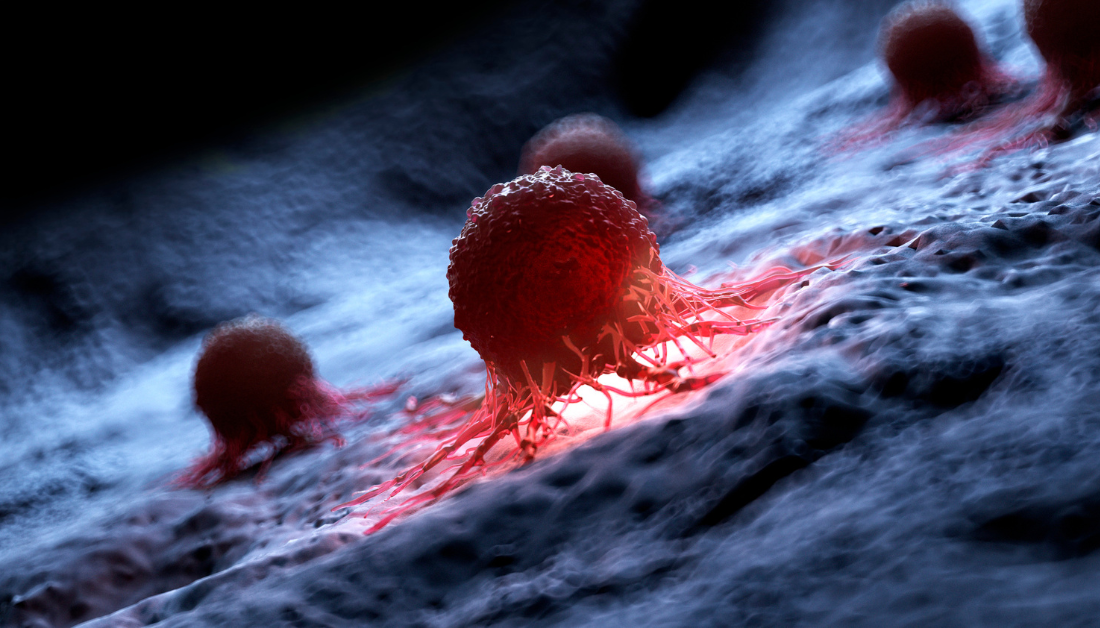

Protein Guard Mechanism – Researchers discovered a defense mechanism for a protein that kills bacteria in infected cells.
The University of Birmingham-led research discovered a guard mechanism that regulates the attack protein GBP1. GBP1 is triggered during inflammation and has the ability to target and damage cell membranes.
The discovery of the lock and key mechanism has paved the way for new treatments for Toxoplasma, Chlamydia, Tuberculosis, and even cancer.
What is the function of the protein guard mechanism?
The study discovered that the assault protein is controlled by a process known as phosphorylation. Protein kinases, which are enzymes, add a phosphate group to a protein during this process.
PIM1, a kinase that targets GBP1, can also get activated during inflammation.
Phosphorylated GBP1 is then linked to a scaffold protein, which protects uninfected bystander cells from uncontrolled GBP1 membrane assault and cell death.
The guard mechanism stops GBP1 from randomly attacking cell membranes, forming a protective shield that is vulnerable to rupture by pathogens inside the cells.
Daniel Fisch, a former PhD student in the Frickel lab who worked on the study, made the new discovery.
Dr Eva Frickel, Senior Wellcome Trust Fellow at the University of Birmingham, who led the study explained: “This discovery is significant for several reasons. Firstly, guard mechanisms such as the one that controls GBP1 were known to exist in plant biology but less so in mammals. Think of it as a lock and key system. GBP1 wants to go out and attack cellular membranes, but PIM1 is the key, meaning GBP1 is locked safely away.
“The second reason is that this discovery could have multiple therapeutic applications. Now we know how GBP1 is controlled, we can explore ways to switch this function on and off at will, using it to kill pathogens.”
The initial research conducted on Toxoplasma gondii
The researchers began their investigation with Toxoplasma gondii, a single-celled parasite found in cats.
Toxoplasma infections are especially harmful for pregnant women in South American countries, where they can lead to recurring eye infections and blindness.
The researchers observed that Toxoplasma inhibits inflammatory signaling within cells, inhibiting PIM1 synthesis. This means the guard mechanism is no longer active, allowing GBP1 to attack the parasite.
Using a PIM1 inhibitor or changing the cell’s genome led in GBP1 targeting Toxoplasma and eliminating contaminated cells.
Dr Frickel stated: “This mechanism could also work on other pathogens, such as Chlamydia, Mycobacterium tuberculosis, and Staphylococcus all major disease-causing pathogens which are increasingly becoming more resistant to antibiotics.
“By controlling the guard mechanism, we could use the attack protein to eliminate the pathogens in the body.
“We have already begun looking at this opportunity to see if we are able to replicate what we saw in our Toxoplasma experiments. We are also incredibly excited about how this could be used to kill cancer cells.”
The implications for cancer treatment research
GBP1 is activated by cancer’s inflammatory action, whereas PIM1 is a critical molecule in cancer cell survival.
The researchers anticipate that inhibiting the link between PIM1 and GBP1 will kill cancer cells.
Dr Frickel concluded: “The implication for cancer treatment is huge. We think this guard mechanism is active in cancer cells, so the next step is to explore this and see if we can block the guard and selectively eliminate cancer cells.
“There is an inhibitor on the market which we used to disrupt PIM1 and GBP1 interaction. So, if this works, you could use this drug to unlock GBP1 and attack the cancer cells
“There is still a very long way to go, but the discovery of the PIM1 guard mechanism could be a massive first step in finding new ways to treat cancer and increasingly antibiotic-resistant pathogens.”
For more information: PIM1 controls GBP1 activity to limit self-damage and to guard against pathogen infection
more recommended stories
 Can Ketogenic Diets Help PCOS? Meta-Analysis Insights
Can Ketogenic Diets Help PCOS? Meta-Analysis InsightsKey Takeaways (Quick Summary) A Clinical.
 Silica Nanomatrix Boosts Dendritic Cell Cancer Therapy
Silica Nanomatrix Boosts Dendritic Cell Cancer TherapyKey Points Summary Researchers developed a.
 Vagus Nerve and Cardiac Aging: New Heart Study
Vagus Nerve and Cardiac Aging: New Heart StudyKey Takeaways for Healthcare Professionals Preserving.
 Cognitive Distraction From Conversation While Driving
Cognitive Distraction From Conversation While DrivingKey Takeaways (Quick Summary) Talking, not.
 Fat-Regulating Enzyme Offers New Target for Obesity
Fat-Regulating Enzyme Offers New Target for ObesityKey Highlights (Quick Summary) Researchers identified.
 Spatial Computing Explains How Brain Organizes Cognition
Spatial Computing Explains How Brain Organizes CognitionKey Takeaways (Quick Summary) MIT researchers.
 Gestational Diabetes Risk Identified by Blood Metabolites
Gestational Diabetes Risk Identified by Blood MetabolitesKey Takeaways (Quick Summary for Clinicians).
 Phage Therapy Study Reveals RNA-Based Infection Control
Phage Therapy Study Reveals RNA-Based Infection ControlKey Takeaways (Quick Summary) Researchers uncovered.
 Pelvic Floor Disorders: Treatable Yet Often Ignored
Pelvic Floor Disorders: Treatable Yet Often IgnoredKey Takeaways (Quick Summary) Pelvic floor.
 Urine-Based microRNA Aging Clock Predicts Biological Age
Urine-Based microRNA Aging Clock Predicts Biological AgeKey Takeaways (Quick Summary) Researchers developed.

Leave a Comment